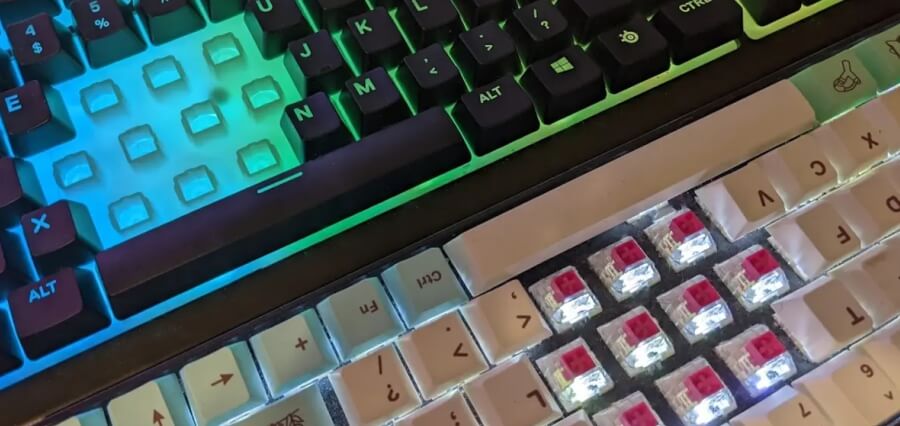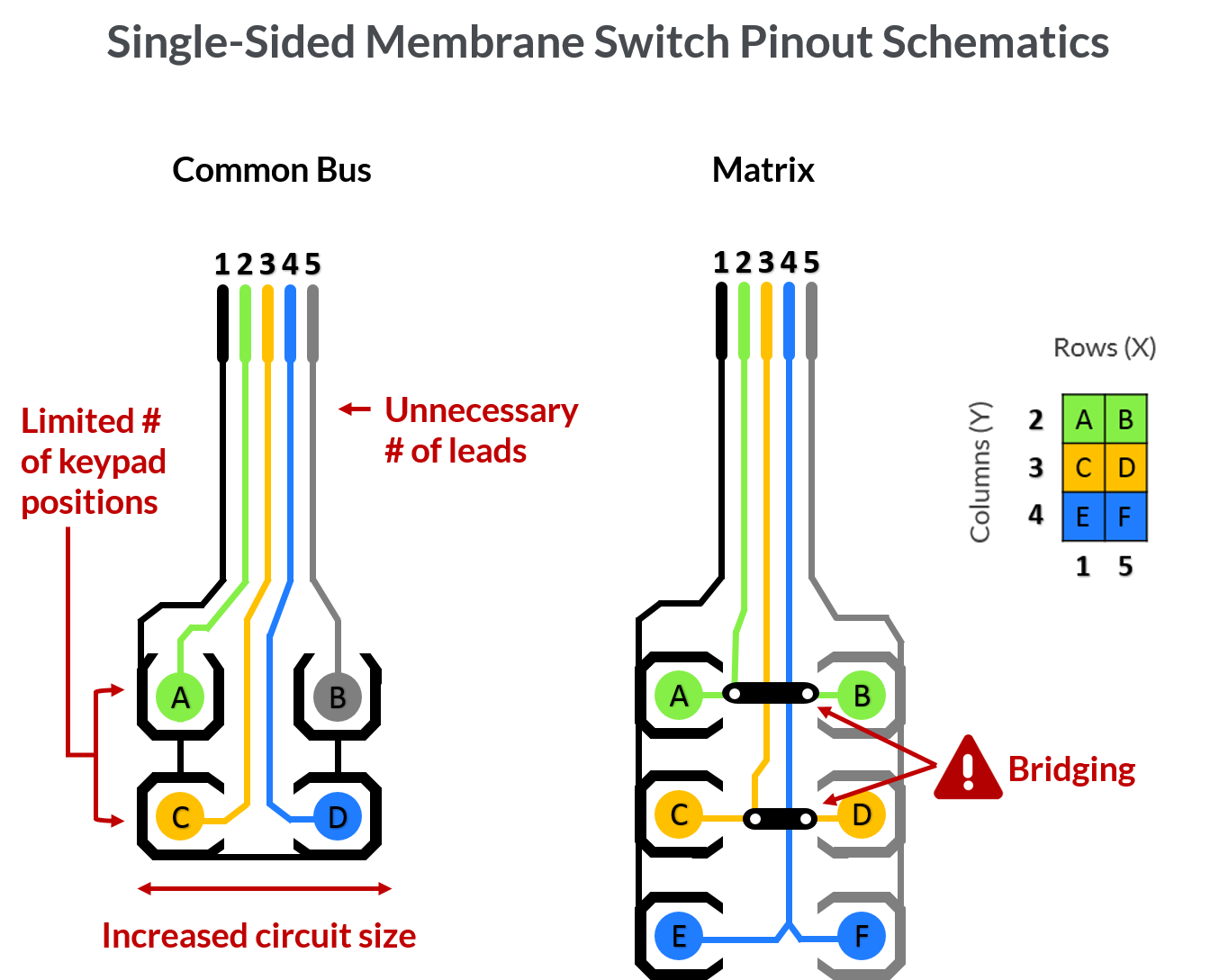Trick Advantages of Using a Membrane Switch in Industrial Applications
Trick Advantages of Using a Membrane Switch in Industrial Applications
Blog Article
Comprehending the Performance of Membrane Changes for Individual Interface Gadget
The performance of membrane switches stands for a considerable advancement in individual interface style, integrating efficiency with aesthetic adaptability. As sectors progressively prioritize customer experience, recognizing the nuances of membrane layer button innovation ends up being crucial.
What Are Membrane Buttons?
Membrane layer switches are cutting-edge interface devices that help with user communication with electronic tools. These versatile elements contain several layers, including a graphic overlay, spacer, and a published circuit layer. The layout permits a smooth assimilation into numerous electronic tools, improving both the visual and functional facets of customer interfaces.
Membrane layer switches are generally used in a large range of applications, from home devices to industrial equipment and clinical devices. Their building and construction usually includes a slim profile, making them an optimal choice for portable designs. The tactile comments supplied by these buttons can be engineered to meet specific individual choices, making sure efficient interaction in between the individual and the gadget.
Resilience is one more substantial benefit of membrane layer buttons, as they are resistant to dirt, moisture, and chemicals, which improves their life expectancy in requiring atmospheres. Additionally, these switches can be tailored in regards to form, size, and graphic design, enabling for branding and user-specific functions. On the whole, membrane layer changes stand for a useful option for enhancing user experience in digital devices, incorporating performance with aesthetic charm in a reliable way.
Exactly How Membrane Switches Work
Operating on an uncomplicated principle, membrane layer switches over utilize a split building to sign up user input successfully. Each button is composed of several layers, consisting of a published circuit layer, a spacer layer, and a top graphic layer, which are made to interact effortlessly. When a customer presses the top layer, it presses the spacer layer, bringing the conductive aspects of the circuit layer right into contact with each other.
This get in touch with develops a shut circuit, indicating the tool to carry out a details feature. The layout permits different arrangements, consisting of responsive feedback, which can boost the customer experience by offering a physical feeling upon activation. The products used in membrane buttons typically consist of versatile substrates, such as polyester or polycarbonate, which guarantee resilience and strength versus deterioration.

Key Advantages of Membrane Switches

One more substantial advantage is their density. Membrane layer buttons are thin and light-weight, which makes it possible for producers to save space in their devices without giving up performance. This feature is particularly beneficial in applications where weight and volume are crucial considerations.
Furthermore, membrane layer switches are immune to dust, wetness, and chemicals, boosting their sturdiness. This durability prolongs their life expectancy and reduces the requirement for frequent substitutes, leading to cost financial savings with time.
Furthermore, the tactile feedback provided by membrane layer buttons can be enhanced to boost user communication. They can consist of features such as raised switches or distinct clicks, boosting functionality and user experience.
Applications Across Industries
Individual user interface devices using membrane switches are prevalent in a large array of industries, showcasing their versatility and performance. Membrane Switch. In the medical field, membrane layer switches are essential to tools such as analysis equipment and patient monitoring systems, where their resilience and convenience of cleaning are critical for keeping hygiene criteria. In the vehicle market, these switches are utilized in control panel controls and infotainment systems, giving a smooth and contemporary interface for customers.
Moreover, the consumer electronic devices sector advantages from membrane layer switches in home appliances and handheld gadgets, where compact design and easy to use user interfaces enhance customer experience. Industrial applications additionally take advantage of membrane layer switches over for control panels in equipment and automation systems, highlighting their robustness and resistance to rough atmospheres.
In the aerospace and protection markets, membrane switches are made use of in cockpit controls and equipment, where dependability and performance under extreme problems are critical. In addition, the video gaming market progressively incorporates membrane layer switches in controllers and gallery equipments, adding to an appealing user experience. On the whole, the adaptability of membrane switches over enables their prevalent see page usage across many fields, underscoring their importance in modern interface design.
Future Trends in Membrane Layer Switch Over Innovation

Furthermore, the use of innovative materials, such as polycarbonate and polyester films, is expected to rise, giving enhanced durability and resistance to ecological stress factors. These products add to the overall longevity of membrane layer switches, making them ideal for harsher internet industrial applications.
Furthermore, the consolidation of wise modern technology, including IoT connection, will certainly allow membrane layer switches to interact with various other gadgets and systems, promoting an extra interactive customer experience. This fad lines up with the growing demand for wise gadgets throughout various sectors, from health care to customer electronic devices.
Finally, customization options are anticipated to increase, enabling manufacturers to create bespoke remedies tailored to specific user demands and choices. These developments will position membrane layer buttons as necessary elements in the evolution of interface modern technology.
Conclusion
In final thought, membrane layer changes stand for an essential improvement in user interface technology, supplying a reliable and functional service for varied digital applications. As advancements in product scientific research and touch picking up modern technologies proceed, the performance and applicability of membrane layer switches are expected to increase, reinforcing their relevance in contemporary electronic devices.
Report this page